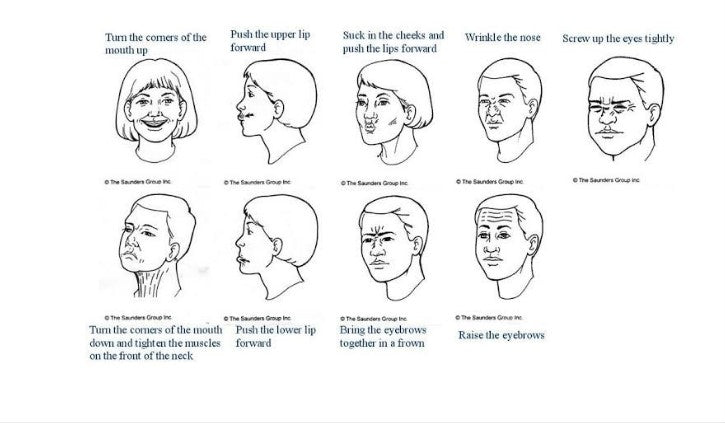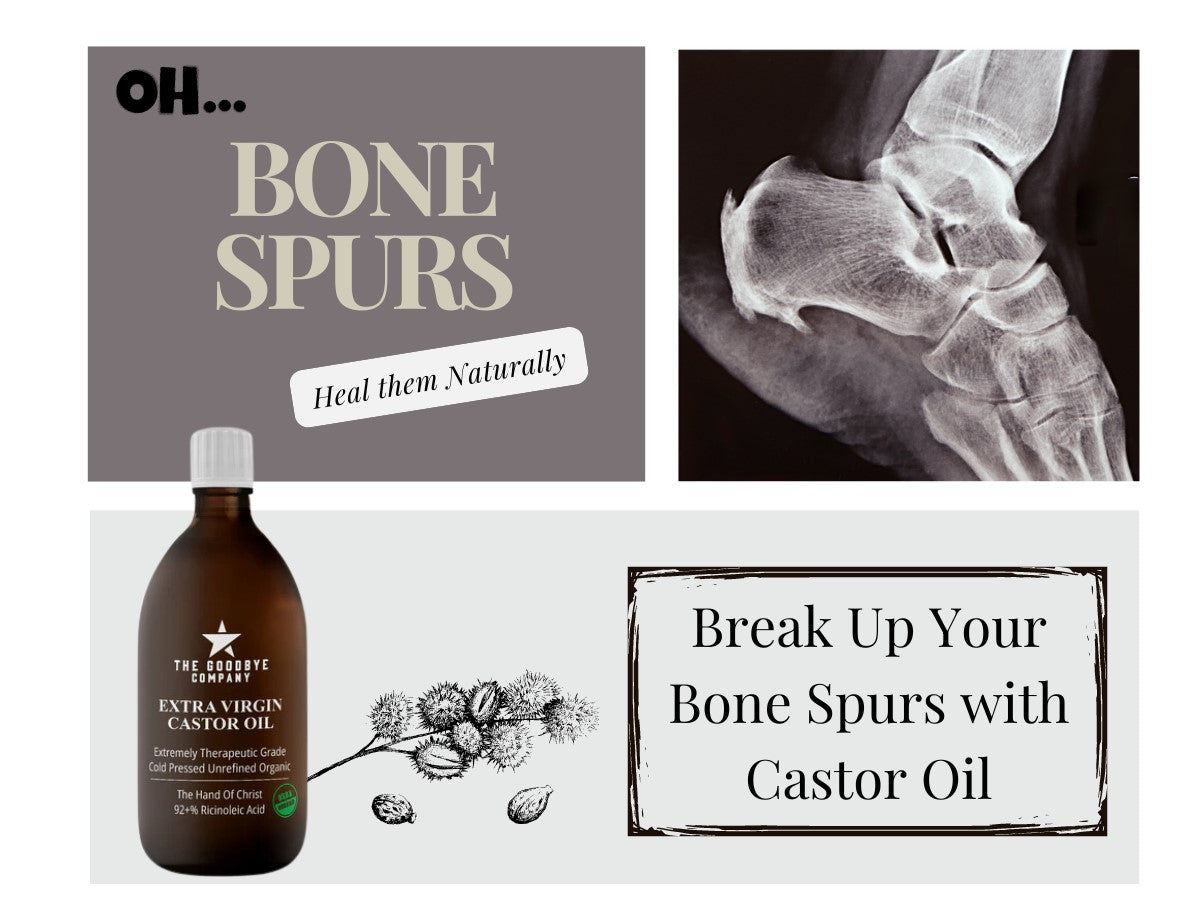Exercises for Bell’s palsy impart a basic role to recover from the shocks of paralytic attack that may create apprehension and trauma for the patients for the long term. The seventh cranial nerve is involved in a serious paralytic situation called Bell\’s palsy or facial palsy or facial paralysis. The said nerve is considered responsible for the movement of facial muscles and any irritation or injury to the seventh nerve may cause you facial weakness or paralysis in most cases on one side only but sometimes can extend to the other side too. Several medications involving corticosteroids and muscle relaxants along with painkillers may be used to make the patient bear and recover from the painful experience but physical therapy and exercises play a major role to counter the effects of Bell’s palsy on facial muscles.

Some other associated problems may hunt the patients suffering from Bell’s palsy as cross-wiring of the facial muscles, hypertonic facial muscles, synkinesis, and facial muscle spasms, etc. Re-coordinating the facial muscles through retraining is an important step to be followed during the treatment strategical phenomena of Bell\’s palsy to stop the unwanted movements experienced. Exercises for Bell’s palsy slowly create the brain-to-nerve-to-muscle routine bringing back the original movement orders and arrangements.
Facial Exercises For Bell’s Palsy:
Muscle strengths and face coordination becomes much more energized and arranged by specific exercises which may improve the debilitating conditions and muscular weakness. The movements may include:
- Raising your eyebrows: It’s quite difficult for the patients of Bell’s palsy vs stroke to raise their eyebrows. Patients may do it with their fingers or for fighter positions.
- Open and shut the jaw movements: Opening and closing your jaws, again and again, may help to move the jaws.
- Moving jaws side to side: moving your jaws on the lower side from right to left and left to right continuously for few minutes may help to create a balance between the two sides of the face.
- Lip movements to spell ooh- and eeh-: Moving your lips forward to spell ooh- and backward to spell eeh- may help to move muscles in a direction to correct the lips movement in the affected area.
- Lip movements backward: For lips movement backward, open your mouth and move both lips inwards keeping the mouth open.
- Hold the spoon in your mouth and bounce it: For this exercise, hold the spoon in both lips, close the mouth and then allow the spoon to be loosened on the lower side while holding it in the mouth. Bouncing it back each time may help you to attain energy to move it up and down. Once you achieve that level, then hold the spoon in the lips closed and pull it outside while keeping it intact with the help of pressure created by the lips.
- Blow air from the mouth: First of all fill in the air in the mouth until your cheeks become big and then after keeping it for seconds, blow the air outside with force. It can be done for five repetitions.
- Say aah-, eeh, ooh- all together: Stretching your mouth and lips to say aah-, eeh-, and ooh- altogether for five repetitions is the exercise to create muscular movements in the mouth.
- Push tongue forward and backward: Pushing your tongue forward by taking it out of your mouth and then taking it inside until the back of the mouth is the movement for tongue muscles.
- Push spoon with the tongue: Once you attain the normal forward and backward movement for the tongue, then you can try this exercise by keeping the spoon in front of the mouth and pushing it forward with the help of the tongue.
- Touch the tip of the tongue to the soft palate and bottom of the lip: Touching the soft palate that is present as the inner roof of the mouth, with tongue and then touching your lower lip by opening the mouth and bringing tongue outside.
- Touch tip of the tongue to the bottom of teeth: Touching the tip of the tongue to the bottom of teeth moving it over all the teeth bases.
- Touch tip of the tongue to the corner of the mouth: Touching the tip of the tongue by stretching at its full to the two corners of the mouth while open.
- Rotate the tip of the tongue to the cheeks: Rotate the tip of the tongue to the cheeks in the clockwise and anti-clockwise direction in a circular motion.
- Clench teeth strongly: Clenching teeth like a strong bite pressing upper and lower teeth together may help lower and upper facial muscles move.
- Make a big yawn: Taking a big yawn again and again may make movements of muscles by opening and closing mouth wide.
- Make a big aaa-sound: Making a big aaa-sound by horizontally opening the mouth may help muscles move in to and fro movement.
- Frowning movements: With the help of a finger, assessing the specific position of the forehead in front of the eye may help to push the skin muscles towards the internal side making it frown.
- Flaring the nose: Depending upon the affected side vs the normal side, you can use the tricking movements. Closing your one nostril with your finger (the normal nostril) and inhaling maximum air followed by exhaling with full breathe may help to flare your nose from the affected site during Bell’s palsy. Once you achieve the phase to flare normally from both nostrils then you can continue to inhale and exhale with pressure from both nostrils to create a balance of air inside the nose.
Facial exercises need a special style and direction to move the patterns of massage to give the relief from paralytic actions of Bell’s palsy. These exercises are personalized to every patient. These exercises can be learned by the physician and then the patient may perform these exercises at home as a part of a regular exercise schedule.
Advantages Of Exercises For Bell’s Palsy:
Facial exercises may help to improve facial muscular functions although there is not any specific evidence for the positive effects of facial exercises on Bell\’s palsy affects still these exercises may play a vital role in the long-term success of a facial paralysis treatment. Synkinesis, hypertonic muscles, spasms, or cross-wiring may affect some people who have been suffering from Bell\’s palsy for longer periods. The movement of primary and secondary muscles may be retrained with the help of facial exercises to let the captive muscles be relaxed and rectify their effects.
Mental focus and regain of the capability of correct volunteer movements recreate the brain-to-nerve-to-muscle routine. These movements did regularly become automatic, beneficial, and slowly do help the patient to regain the normal position and movement. These movements are mostly simple to complete and with each day of exercise, the coordination of facial muscles improves and strengthens. Incorrectly done exercises or inappropriate ways to perform exercise may create more problems for the patient. Proper guidance must be sought from the physician to assess the problematic muscle and then counter its effects through regular exercise.
Patterns Of Weakness Caused By Bell’s Palsy:
The patterns of weakness caused by Bell\’s palsy must be identified by a physician conducting several examinations as:
- Eye closure movement
- Facial movements of the eyebrow
- Cheek use in smiling
- Use of lips in a pucker
- Sucking the cheeks between teeth
- Rising of the upper lip
- Raising or lowering of the lower lip
Directions By The Physical Therapist:
A physical therapist may guide you for the patterns of exercise to be followed to retrain the muscles to free the captives. The therapist may guide you in the following ways:
- A physicist may guide the patient on how to protect your face and eye.
- He may tell the patients despite facial paralysis how they will manage your daily life
- He will guide the patient about the signs and symptoms of recovery to explain the expected path to recovery
- He may determine the progress or regress by evaluating the patterns.

Recovery Period:
The duration of time when a patient may be recovering from Bell\’s palsy, you may come across certain challenges related to your ability to initiate exercises and maintain their patterns. You are born with certain patterns that make your facial movements automatic and inbuilt. Facial muscles are without sensors unlike other muscles of the body so your facial messages cannot reach your brain to get permission for movement. So a physician\’s help may guide you to relearn facial movements based on specific movement problems.
Exercises For Initiation:
Initial exercises or exercises done in the initial and early stages are started when there is a total inability to move any part of the affected face area. Assisted range of motion or triggering movement guided by the therapist may guide the patient to accurately point out the position and pattern of exercise.
- Eye priority: Debris, dust, light, dryness, and all other microorganisms may get easy access to the eye on the affected side during facial paralysis or Bell\’s palsy. This is because the eye becomes unable to close completely and may permanently harm the vision. Self-made or commercial patches, refreshing eye-lids, and such other few exercises may be used to protect and give priority to the eyes.
- Facial muscles on the lower side: Lower facial muscles need strengthening and retraining to get back on track for normal movements. Grasping the center of the lips with the thumb and index finger, and then pushing the lip towards the face and moving lips in the smiling style is the exercise for several movements patterns as frowning, smiling, laughing, and other facial expressions.
- Facial muscles on the forehead: The forehead is normally used to show wrinkling, anger, and relaxing expressions. Massage of the upper portion of the face in a specific manner helps to regain those facial expressions back in shape reducing muscular weakness.
- Facial muscles on cheeks: Circular motion of the fingertips around the cheeks may help to increase the movements of muscles in the cheeks in Bell\’s palsy patients.
Exercises For Facilitation:
Slowly and steadily the facilitation exercises may help you to design exercises to increase the activity of muscles. Once facilitation exercises start and continue for several days then the ability of muscles to move increases and may restrain the movement for longer periods.
Exercises To Control Movements:
A specific pattern of exercises to control the muscular movements may be scheduled by the physician to initiate and maintain movement patterns as:
- Coordination initiation and maintenance of facial muscles
- Muscles required for speaking or muscles required for eye closure may be alienated specifically.
- Avoidance of abnormal patterns of facial muscles movement that may be acquired by the patient
- Activation therapy to initiate warm-up level and then followed by the facilitation exercises to coordinate the facial muscles
Relaxation Period:
Unwanted muscle activity as twitches or facial spasms may occur during the recovery period. The state of the muscle at the rest phase compared with the state of muscles in the active phase can be learned by the physicist. Forceful contraction of the muscles and then pause at your own will is the pattern to provide a relaxation period and may help to decrease the spasms and twitches. To minimize the pain, inflammation, and redness following the exercises for Bell\’s palsy, the patient may be recommended to apply moist heat to the face after performing massage therapy. Along with reducing the after-effects, this activity may help to maximize the effectiveness of the performed massage.
Post-Recovery Period:
Recovery either partial or full may take some specific time. Sometimes a patient may face more difficulty moving their facial muscles after the improvement phase making them doubtful that may be facial paralysis is returning. It is uncommon for the facial muscles to get reverse-phase after recovery. The difficulties may arise due to uncoordinated and uncontrolled or unnatural muscular movements. These movements may include:
- Smiling by force or by stretching more than you can during smiling, big facial movements
- Chewing gum with great force
- Balloon blowing exercise with all your effort
Here Is A Video Explaining Bell\’S Palsy Exercises
https://youtu.be/8PcHtClQWyI









